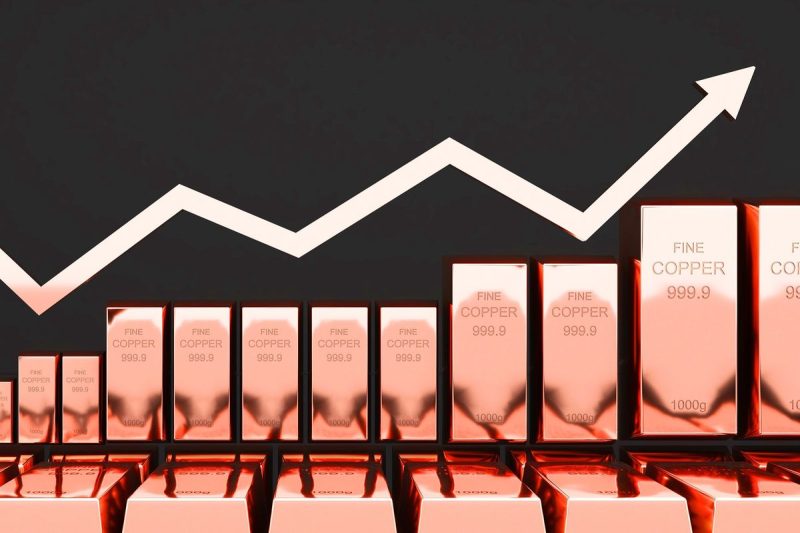While several factors influence when copper prices will rise, it is useful to focus on a few key triggers that could potentially cause a surge. These include supply disruptions, increased demand, inflation, and government policies.
To begin with, supply disruptions, such as mining strikes, natural disasters, or geopolitical tensions, inevitably impact copper prices. For instance, in early 2018, copper prices soared when the world’s two largest copper mines faced strikes, thereby reducing the global copper supply. Similarly, if the future holds significant production halts due to similar reasons, we could anticipate a rise in copper prices.
Increased demand is another primary driver for a rise in copper prices. The increasing demand for clean energy technologies, electric vehicles and infrastructure development around the world has been driving up the demand for copper. Copper is a crucial ingredient in electric vehicles and renewable energy infrastructure, such as wind and solar power systems. If these sectors continue to grow at the expected rate, the demand for copper could outpace its supply, leading to a price increase.
Inflation will also influence copper’s future prices. Many investors turn to tangible assets, including copper, during periods of inflation to safeguard their wealth. Copper prices often increase during such times as its value as a physical asset is recognized more broadly. Therefore, if inflation rates rise, investors could be prompted to invest more in copper, causing prices to rise.
Furthermore, government policies, particularly those related to construction and infrastructure, will impact copper prices. Copper is widely used in these sectors, and substantial government spending often leads to increased demand for the metal. For example, China’s massive infrastructure spending in 2020 led to a boom in copper demand and consequently higher copper prices. Looking ahead, similar massive-scale infrastructure projects in countries globally would likely contribute to an increase in copper prices.
Additionally, the global transition towards greener and cleaner technologies presents a promising aspect for the copper industry. The use of copper is integral to renewable power generation equipment, energy storage systems, and electric vehicles. If governments maintain their commitment to achieving net-zero emission targets, the subsequent surge in demand could fundamentally shape copper market dynamics and spur copper prices.
Lastly, copper prices are rather sensitive to the overall environment of the financial markets. Periods of a stronger economy often see prices rising as demand for goods increases. Conversely, during economic downturns, industries tend to cut back on their use of raw materials like copper, leading to a decrease in price. Therefore, the status of the global economy will invariably impact when






























